Disintegration Double Vessel
1 There are twelve tubes in two basket assembly.
2 Each test station is driven independently. Auto stop at timing point.
3 The bath liquid can achieve an even temperature.
4 A MPU is used to automatically control the temperature, time and frequency of nacelle back and forth.
5 Timing at will. The preset and real time data can be displayed alternately in time.
6 Automation: auto-test, auto-diagnose, auto-alarm.
Report Abuse
Shipping Details
Based on 0 reviews
Be the first to review “Disintegration Double Vessel”
You must be logged in to post a review.
Vendor Information
- Store Name: ATLANTIC Scientific and Research Supply
- Vendor: ATLANTIC Scientific and Research Suply
- No ratings found yet!
-
Health & Medical
Water-Deionizer
Water Deionizer Industrial Waste Water Treatment Equipment Machine
How Water Deionizer Industrial Waste Water Treatment Equipment Works
The Reverse Osmosis process uses a semi-permeable membrane to separate and remove dissolved solids, organics, pyrogens, submicron collodial matter, viruses, and bacteria from water. The process is called “Reverse” Osmosis since it requires pressure to force pure water across a membrane, leaving the impurities behind. Reverse Osmosis is capable of removing 95 – 99% of the total dissolved solids (TDS) and 99% of all bacteria, thus providing safe, pure water.SKU: n/a -
Health & Medical
Digital hardness Tester
- Shore A, 0 and D to measure the hardness of plastics through penetration measurement
- Shore A rubber, elastomers, neoprene, silicone, vinyl, soft plastics, felt, leather and similar material
- Shore 0 foam, sponge
- Shore D plastics, formica, epoxides, plexiglass etc.
- Material thickness of the sample: min. 4 mmDelivered in a hard carrying case
- Particularly recommended for internal comparison measurement. Standard calibrations e. g. to DIN 7619-1 are often not possible because of very narrow standard tolerances
- Can be attached to the test stands TI-ACL (for Shore A and A0), TI-DL (for Shore D) to improve measuring uncertainty
- Large display with backlight
- Selectable: AUTO-OFF function or permanent operation, battery level indicator
SKU: n/a -
Health & Medical
Fluorescence microscope
Head
Trinocular, 30° inclined, 360°rotating
Eyepiece
WF 10x/20
Nosepiece
Quintuple, reversed
Objectives
IOS N-PLAN 4x, 10x, 20x, 40x, 100x (oil/water)
Stage
Double layer, 233×147 mm, moving range 78×54 mm, X-axis rackless
Focusing
Coaxial coarse and fine, limit stop
Condenser
Abbe N.A. 1.25, iris diaphragm, focusable and centrable
Illuminator
Transmitted: 3.6 W X-LED³, manual brightness control
Incident: High-power blue LEDSKU: n/a -
Health & Medical
Pippin-prep
The Pippin Prep facilitates library construction for the most popular NGS platforms, and is recommended by Illumina and Ion Torrent for certain workflows. The platform features the ability to collect narrow and even fragment distributions, as well as the flexibility to collect wide ranges of fragments with minimal effort. Target sizes or ranges of sizes are entered in software, and fractions are collected in buffer. Up to 5 samples per gel cassette may be run, with no possibility of cross contamination
SKU: n/a -
Health & Medical
IR spectrophotometer
A Spectrophotometer is an analytical instrument used to identify materials including organic polymers. Infrared spectrophotometers record the relative amount of energy as a function of the wavelength/frequency of the infrared radiation when it passes through a sample. Therefore, chemical structures of different samples will reflect differences in the IR absorption spectrum allowing for identification of a sample. Unlike a dispersive spectrometer, an FTIR spectrometer or FTIR spectrophotometer is used to simultaneously obtain spectral data of a sample. It does this by using an interferometer to collect the interferogram, also known as the raw data/signal format, which can then be translated into the infrared spectrum of the sample by means of a fourier transform algorithm. As a result there are many advantages including greater signal-to-noise ratio, high resolution, higher throughput, and a short wavelength limit. FTIR spectrometers can be used in a variety of industries including environmental, pharmaceutical, and petrochemical.
SKU: n/a


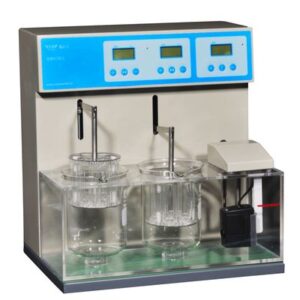
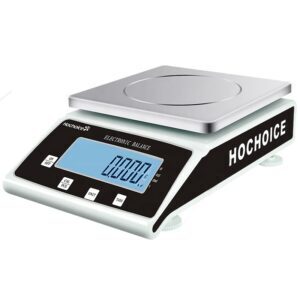
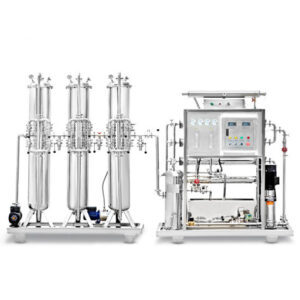

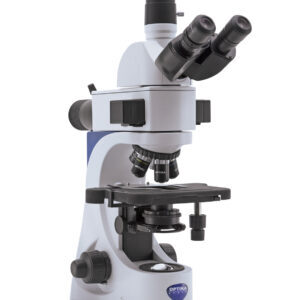




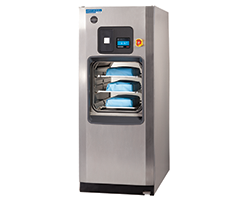

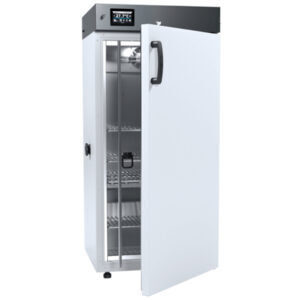
There are no reviews yet.